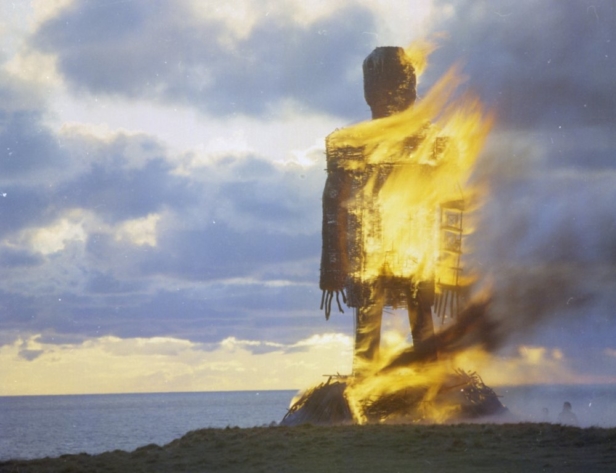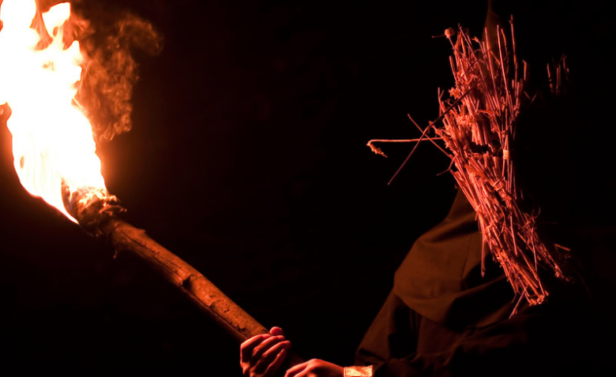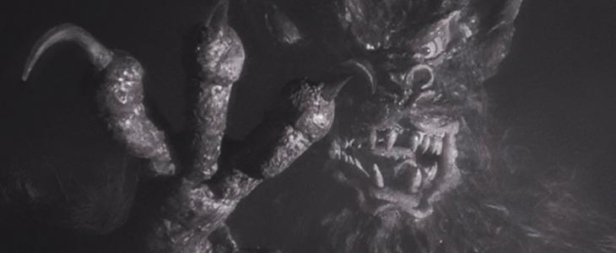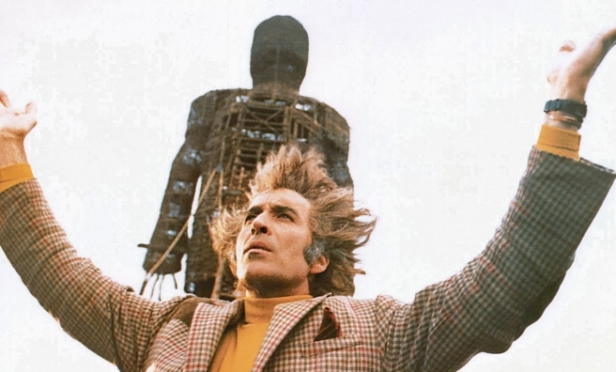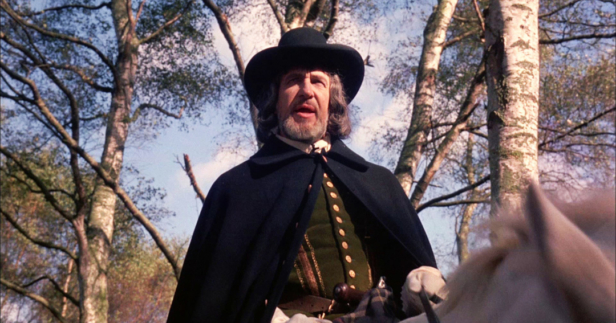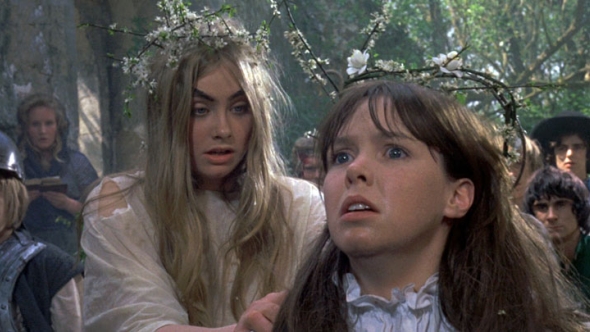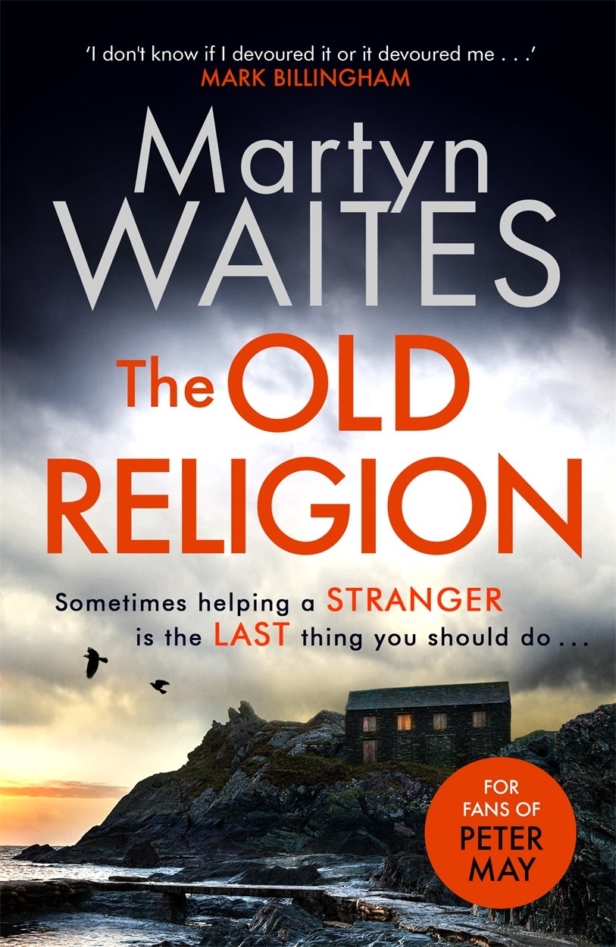My Top Five Folk Horror Films by Martyn Waites
5. Kill List
Most people in mentioning folk horror cinema delve into the past. So why is such a relatively recent film on this list? Because it belongs here. Ben Wheatley’s done everything from Doctor Who to JG Ballard to Hollywood shoot ‘em ups. He’s never made the same film twice but it’s always recognisably his own work. And this is no exception.
Two hit men are given a job to do. But then things start to become uneasy. Strange symbols appear. Victims seem particularly grateful to be killed, thanking their murderers. There seems to be a conspiracy going on, just out of shot (as the best conspiracies do), and our two hitmen are at the centre of it. And then there’s the ending…
This has polarised critics and viewers since it came out. There’s a genre switch so abrupt it makes your stomach lurch, like if Hemingway had started writing The Killers and Robert Aickman finished it. Kill List involves nail-biting escapes, bloody pagan rituals and a final harrowing turn of the screw that I guarantee you will never have seen coming.
4. Night of the Demon
“It’s in the trees! It’s coming!” And with those six words the worlds of Kate Bush and M R James collide. I first came across this as a kid staying up late to watch the BBC2 horror double bills on summer Saturday nights. Even at such a young age I could tell a classic when I saw it. I didn’t know then that Jacques Tourneur had directed that great Film Noir Out Of The Past with Robert Mitchum as well as the game changing Cat People for Val Lewton. Or that Peggy Cummins had given a definitive portrayal of psycho-sexual violent deviance in Gun Crazy. Or the classic MR James story it was based on. Or that Niall MacGinnis channelled Aleister Crowley for his performance as the villain Karswell, or that the decision to actually show the monster was a late one . . . I could go on. All I knew was that it freaked me out and I loved it.
As a portrayal of witchcraft in ‘then’ modern Britain it was unique. Eschewing all the then fashionable trappings of gore and nineteenth century mittel-European settings that Hammer and its imitators were churning out, it coined fear and unease from such recognisable locations as the British Library, a children’s garden party, railway tracks and of course those afore-mentioned trees. This was a world the audience could recognise and anything, even a piece of paper – especially a piece of paper! – , could become an object of terror. By the time we get to Stonehenge Dana Andrews’ rationalist Holden realises his quest to debunk Karswell isn’t going to work, and evil both ancient and modern is to be unleashed, British horror cinema would never be the same again.
3. The Wicker Man
And now we get to the big three. The unholy trinity. The films that no list could leave out. They have to be here. It’s the law. Folk lore. (Sorry. Couldn’t resist.)
We all know the story by now. Christian copper Edward Woodward is lured to a remote Scottish island, ostensibly to investigate the disappearance of a child, but in reality to be the meat in a blazing wicker man sacrificial sandwich. So why do we still talk about this film? Because it’s still prescient. An island community, cut off from the mainland, is dictated to by a charismatic charlatan who believes that it can only thrive by desperately reverting to its past ways. Yes, that’s Brexit for you. It’s also the plot of The Wicker Man.
2. Witchfinder General
Vincent Price’s finest hour and a half. And made even all the more impressive because it’s most un-Vincent-Price-like performance ever. The onset battles between Price and the tragically short-lived director Michael Reeves are well-documented. That creative tension led to one of the most memorable of British films. Ostensibly a revenge Western with Roundhead Ian Ogilvy in the John Wayne part as Richard Marshall, and East Anglia filling in for John Ford’s Monument Valley, this cheap exploitation flick for Tony Tensor is elevated by Paul Ferris’s great knowing-variation-on-Greensleeves score, John Coquillon’s cinematography and Reeves’ and Tom Baker’s (no, not that one) script. With scenes of torture and violence that were for the time extremely shocking, the story follows arch hypocrite and Witchfinder General Matthew Hopkins (Price, of course) as he works his way through the county exercising the power of life and death over anyone he fancied. Sometimes literally.
It’s an angry film, the viewer empathising with Marshall as his righteous rage takes him to a final confrontation with Hopkins that threatens to lose all sympathy as he spirals out of control, mutilating Hopkin’s body with an axe. The most memorable moment (of many) is also in this scene following an unknown soldier shooting Hopkins dead before Marshall can kill him. The film ends on a truly bleak note with him screaming “You took him from me!” over and over as his lover, Sara, the object of Hopkins’ obsessive lust, shrieks, having herself tipped over into madness. You never got that from a John Ford movie.
1. The Blood on Satan’s Claw
Taking as its starting point the then current Manson Family murders and the case of the Newcastle-based child killer Mary Bell, writer Robert Wynne-Simmons and director Piers Haggard transposed the action to the early eighteenth century and centred it around a deformed skull found while ploughing a field. The skull belongs to an ancient demon and infects the locals with its supernatural power, especially the teenagers who grow patches of fur on their bodies, become murderous and, in one famously harrowing sequence, commit rape. Patrick Wymark, in his final English language film, plays the judge who eventually defeats the ancient demon, emblematic supposedly of the enlightenment disposing of the old religions.
The film wasn’t a success on its initial release but has gone on, through late night TV screenings, DVD releases and word of mouth, to become one of the biggest cult films of all time. It also has – in common with the two previous films in this list – the most wonderful, evocative soundtrack courtesy of composer Marc Wilkinson.
It’s a massively ambitious film, belying its cheap, commercial exploitative roots, becoming something truly genres defining in the process. Folk Horror as a genre would not be what it is without it. British cinema in general would be all the poorer for it.
The Old Religion by Martyn Waites is out now from Bonnier Zaffre.
“He was running from his past.
She was running from her future.
Sometimes helping a stranger is the last thing you should do . . .
The Cornish village of St Petroc is the sort of place where people come to hide. Tom Killgannon is one such person. An ex-undercover cop, Tom is in the Witness Protection Programme hiding from some very violent people and St Petroc’s offers him a chance to live a safe and quiet life.
Until he meets Lila.
Lila is a seventeen-year-old runaway. When she breaks into Tom’s house she takes more than just his money. His wallet holds everything about his new identity. He also knows that Lila is in danger from the travellers’ commune she’s been living at. Something sinister has been going on there and Lila knows more than she realises.
But to find her he risks not only giving away his location to the gangs he’s in hiding from, but also becoming a target for whoever is hunting Lila.”
